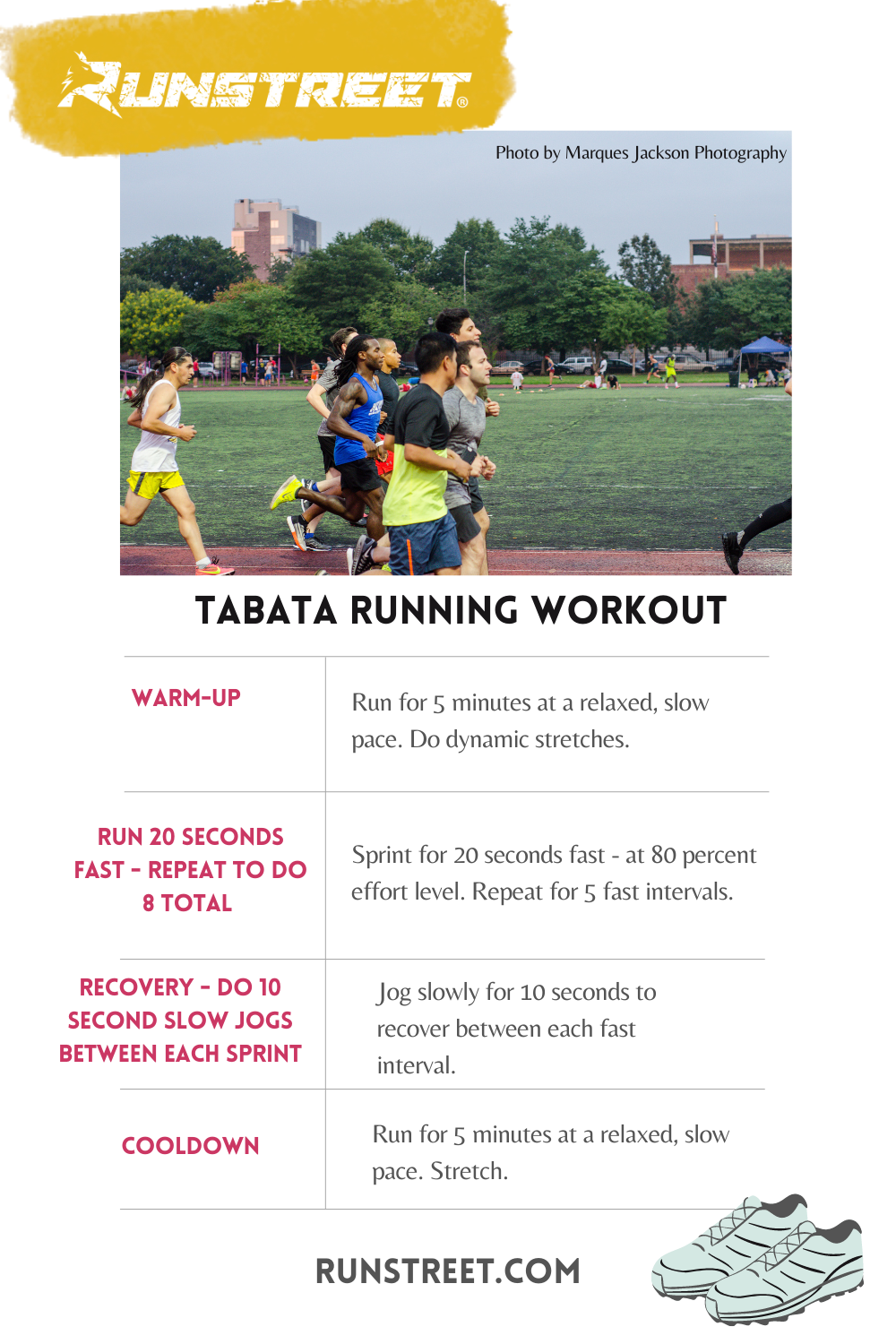Turbocharge Your Runs: Open Your Prospective with Strategic Running Workouts
Turbocharge Your Runs: Open Your Prospective with Strategic Running Workouts
Blog Article
Taking Care Of Usual Running Pains: Causes, Solutions, and Avoidance
As joggers, we usually come across different pains that can impede our efficiency and pleasure of this physical activity. By checking out the root factors for these operating pains, we can uncover targeted services and preventative actions to ensure a smoother and a lot more satisfying running experience.
Common Running Pain: Shin Splints
Shin splints, a typical running discomfort, frequently arise from overuse or incorrect shoes during exercise. This condition, clinically recognized as medial tibial stress and anxiety syndrome, shows up as pain along the internal side of the shinbone (shin) and is widespread amongst athletes and joggers. The repetitive stress on the shinbone and the cells affixing the muscle mass to the bone results in swelling and pain. Runners who rapidly increase the intensity or period of their exercises, or those who have level feet or improper running strategies, are particularly prone to shin splints.
To stop shin splints, people should progressively enhance the intensity of their workouts, put on proper shoes with correct arch support, and keep versatility and strength in the muscular tissues bordering the shin. If shin splints do happen, preliminary therapy involves remainder, ice, compression, and elevation (RICE) Furthermore, including low-impact activities like swimming or biking can assist maintain cardiovascular physical fitness while allowing the shins to heal. Persistent or serious instances may require medical evaluation and physical treatment for efficient administration.
Common Running Discomfort: IT Band Syndrome
In enhancement to shin splints, one more widespread running discomfort that athletes typically experience is IT Band Syndrome, a problem triggered by swelling of the iliotibial band that runs along the external thigh and knee. IT Band Syndrome typically materializes as pain outside of the knee, specifically throughout activities like running or biking. The iliotibial band is a thick band of fascia that attaches the aware of the shin, and when it comes to be inflamed or tight, it can scrub versus the upper leg bone, causing discomfort and discomfort.
Runners experiencing IT Band Disorder might notice a painful or hurting experience on the outer knee, which can aggravate with continued task. Elements such as overuse, muscle discrepancies, incorrect running type, or inadequate workout can add to the growth of this problem.
Usual Running Pain: Plantar Fasciitis

Plantar Fasciitis can be associated to various factors such as overtraining, inappropriate footwear, working on difficult surfaces, or having high arches or level feet. To avoid and minimize Plantar Fasciitis, runners can incorporate stretching exercises for the calf bones and plantar fascia, use supportive footwear, maintain a healthy and balanced weight to reduce strain on the feet, and gradually raise running strength to stay clear of sudden stress on the plantar fascia. If signs and symptoms persist, it is advised to speak with a medical care specialist for appropriate diagnosis and treatment choices to deal with the problem effectively.
Common Running Discomfort: Runner's Knee
After addressing the challenges of Plantar Fasciitis, an additional prevalent concern that joggers commonly deal with is Jogger's Knee, a common running pain that can hinder athletic efficiency and cause pain throughout physical task. Jogger's Knee, additionally recognized as patellofemoral discomfort disorder, manifests as pain around or behind the kneecap. Joggers experiencing this pain might feel a dull, aching discomfort while running, going up or down stairways, or after extended periods of sitting.
Usual Running Discomfort: Achilles Tendonitis
Typically afflicting here are the findings runners, Achilles Tendonitis is an uncomfortable problem that impacts the Achilles ligament, creating discomfort and prospective constraints in physical activity. The Achilles ligament is a thick band of tissue that attaches the calf muscular tissues to the heel bone, important for tasks like running, jumping, and strolling - learn more here. Achilles Tendonitis typically creates because of overuse, improper shoes, poor stretching, or abrupt increases in physical task
Signs of Achilles Tendonitis include pain and stiffness along the tendon, especially in the morning or after durations of inactivity, swelling that aggravates with task, and perhaps bone stimulates in persistent instances. To stop Achilles Tendonitis, it is necessary to stretch appropriately before and after running, use ideal footwear with correct assistance, progressively enhance the strength of exercise, and cross-train to lower repetitive tension on the ligament.
Conclusion

Report this page